News Archives
News Archive Search
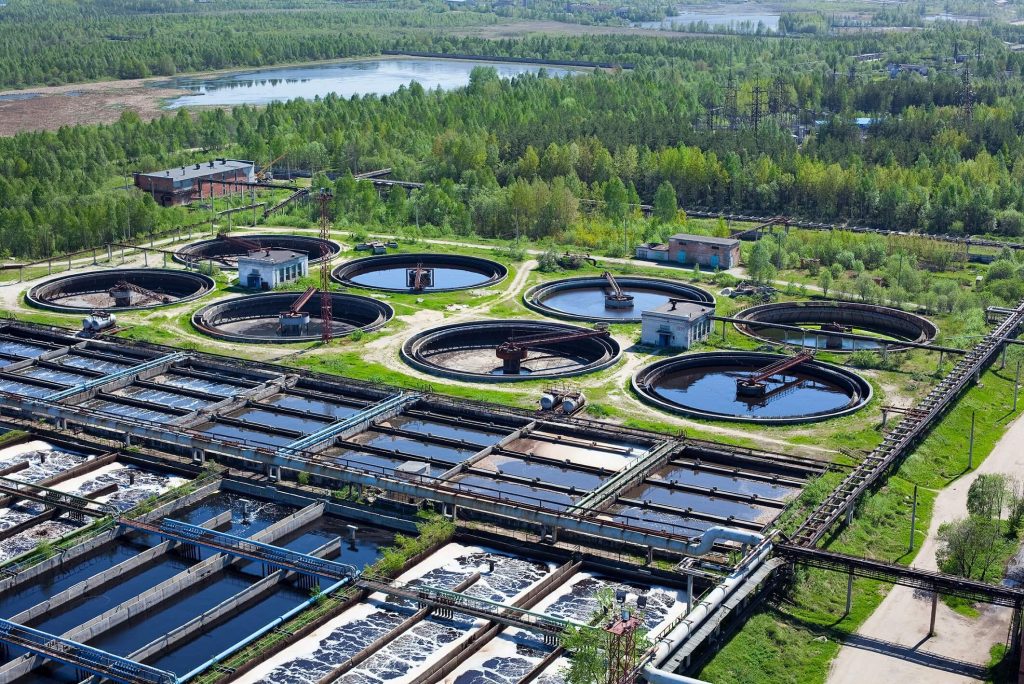
Cyanobacteria is harmful to humans, pets and wildlife. An INL researcher has developed a novel way to grow bacteria for bioenergy, and clean up wastewater.
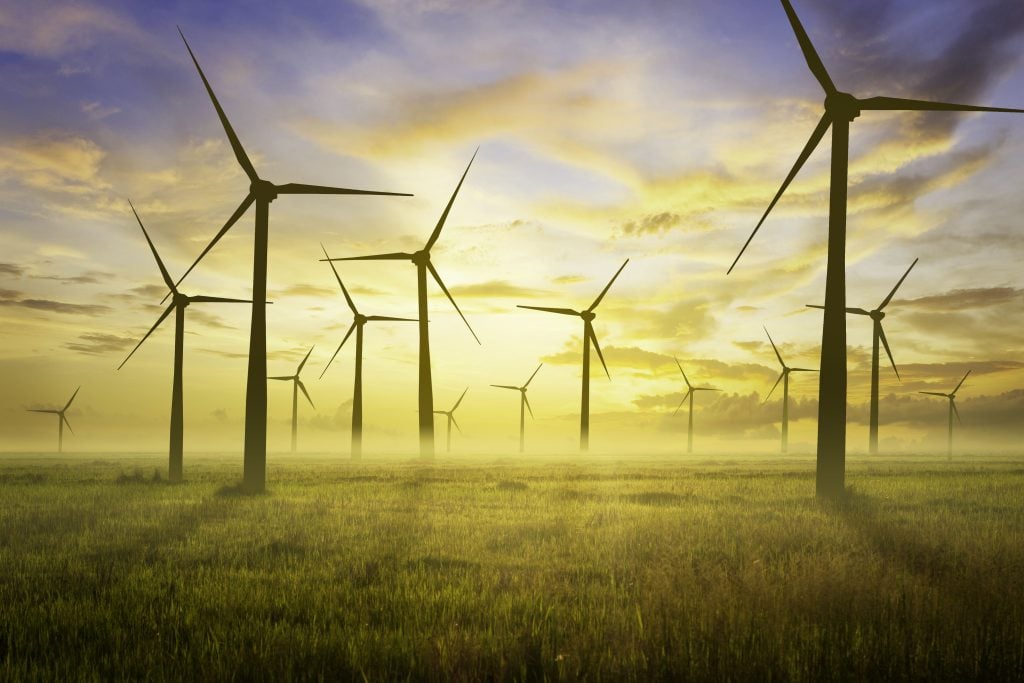
Researchers at INL are leading several U.S. Department of Energy-funded efforts to protect the nation’s wind energy infrastructure.
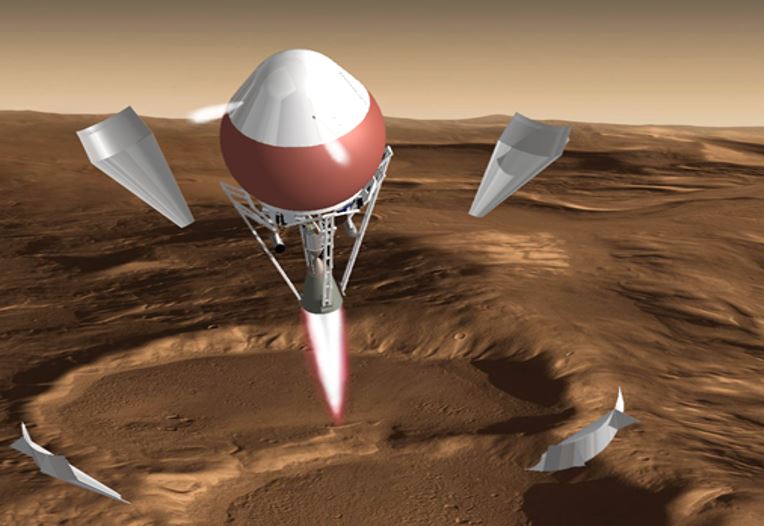
INL researchers are determining if new candidate nuclear fuels can endure the extreme heat and pressure of space exploration.
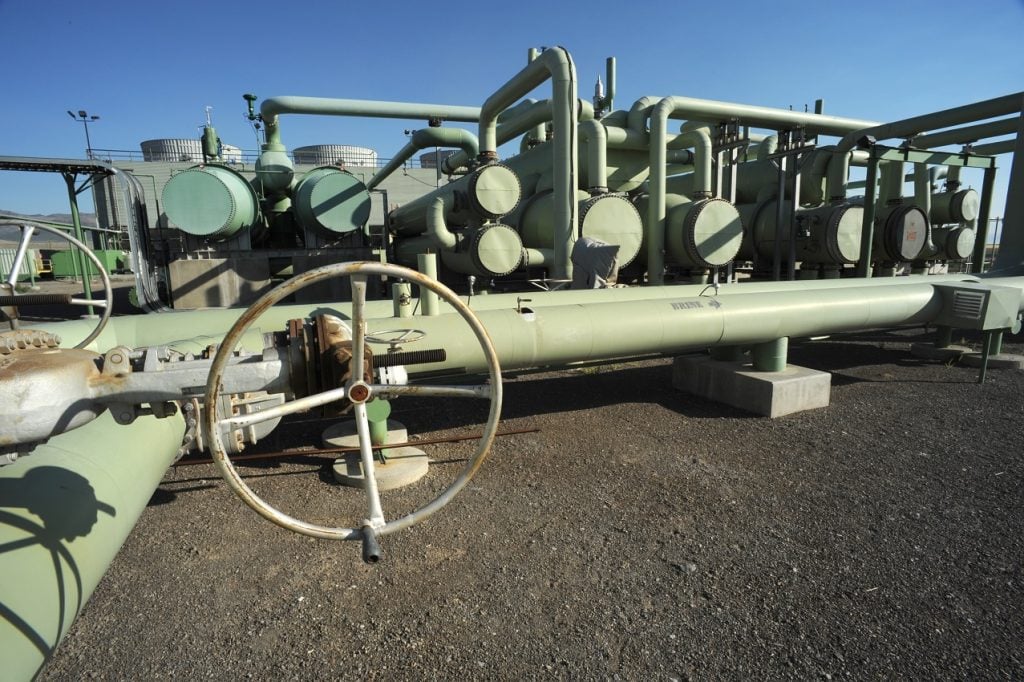
There are challenges holding geothermal energy back. An earth scientist at INL heads a research project that aims to overcome those barriers.

Although researchers have sought after "awards" to fund their projects, GAIN is taking a new approach to expand nuclear energy research and development.
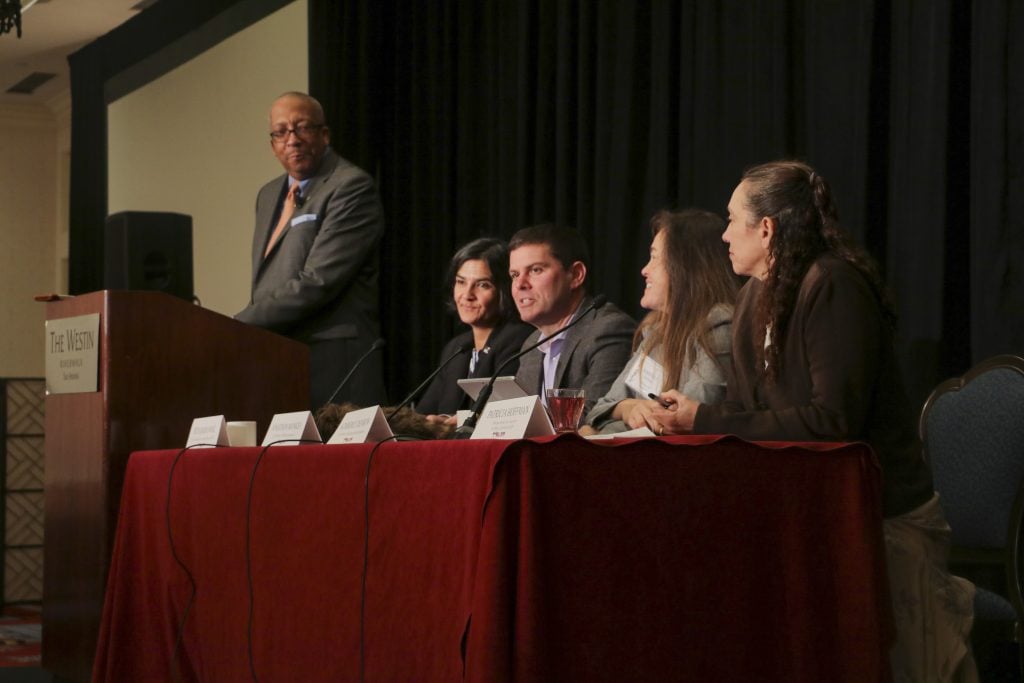
Researchers gathered at INL's annual Infrastrucutre Resiliency Symposium to explore new ideas to protect the nation's infrastructure from cyber threats.

INL researchers have developed a tool to provide a common operational picture of current restrictions faced by the trucking industry due to COVID-19.
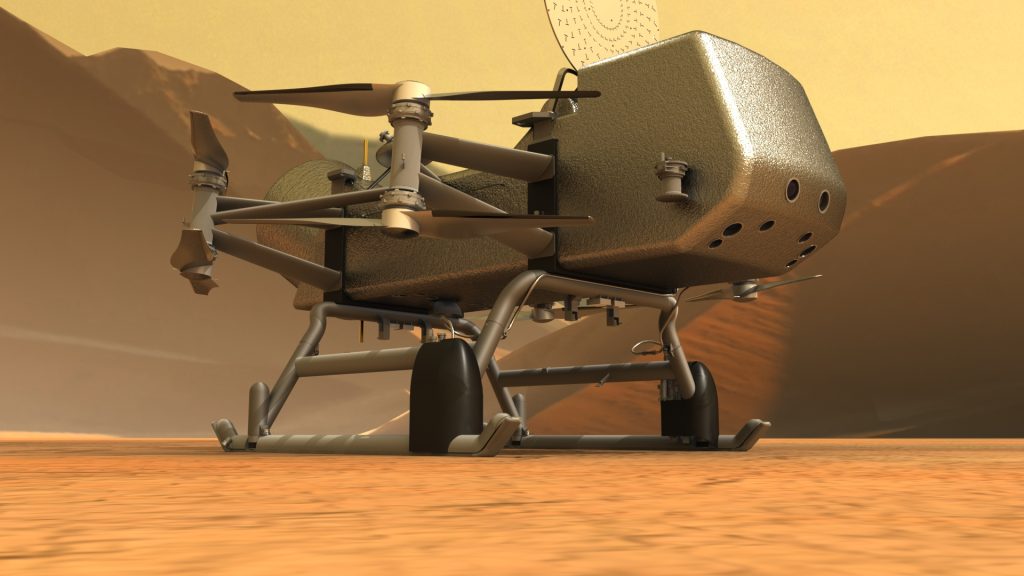
The NASA Dragonfly mission is scheduled for launch in 2026. The Dragonfly spacecraft would use a radioisotope power system tested and assembled in Idaho.
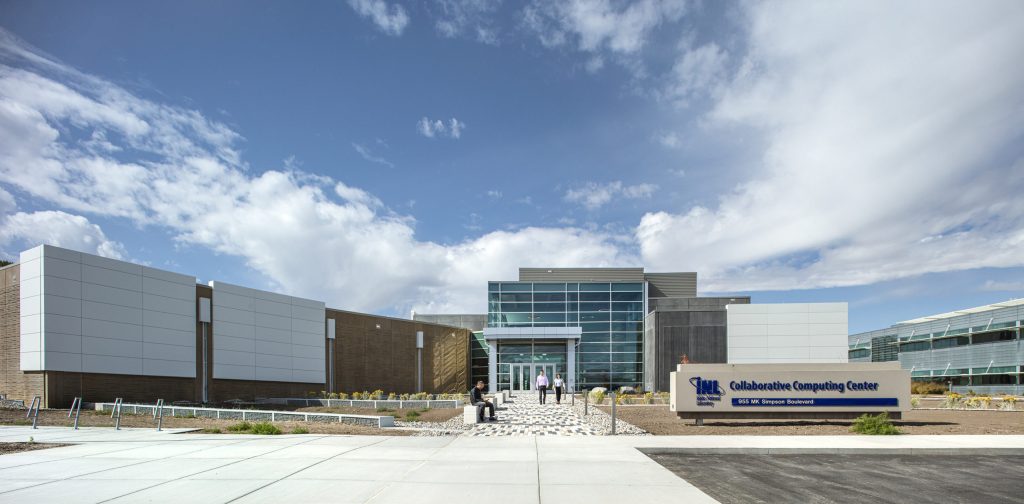
Idaho National Laboratory has joined a COVID-19 High-Performance Computing Consortium to add its supercomputing capabilities to this vital cause.

In 2015, DOE launched the Gateway for Accelerated Innovation in Nuclear (GAIN) to form partnerships with companies working to improve in nuclear energy.
